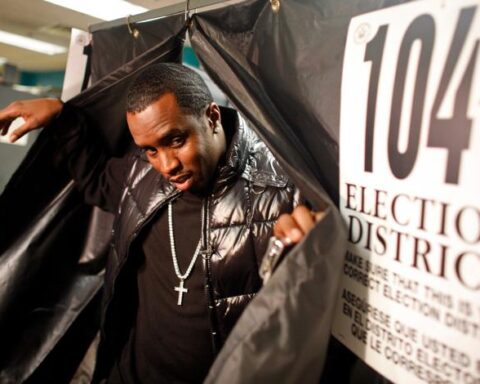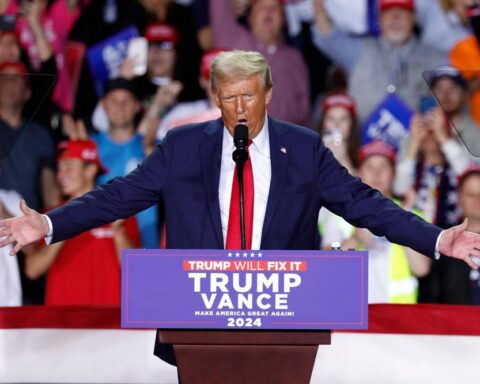Famed polling expert Nate Silver has made headlines with his bold assertion that former President Donald Trump is likely to win the upcoming presidential election on November 5, 2024. In a recent op-ed for the New York Times, Silver revealed that while his model currently gives Trump a 53.1% chance of reclaiming the presidency, his intuition—his “gut”—leans towards a Trump victory. However, he emphasized that the election remains tightly contested, with key battleground states polling within a narrow margin.
Silver’s analysis underscores the unpredictability of the race, particularly as all seven critical swing states are polling within a percentage point or two. “In an election where the seven battleground states are all polling within a percentage point or two, 50-50 is the only responsible forecast,” Silver stated, highlighting the volatility of the current political landscape.
As he elaborated on his reasoning, Silver noted that surveys have historically underestimated Trump’s support due to “nonresponse bias.” He pointed out that the polling methodologies failed to capture a significant portion of Trump’s voter base in the last two elections, leading to miscalculations of his performance.
“It’s not that Trump voters are lying to pollsters; it’s that in 2016 and 2020, pollsters weren’t reaching enough of them,” he explained, providing insight into the complexities of gauging public sentiment accurately. Silver also highlighted a concerning shift in party identification, suggesting that Democrats no longer hold a consistent advantage over Republicans in this election cycle.
Addressing potential biases in polling, Silver criticized the common practice of weighting surveys based on 2020 voting records, arguing that this method could skew results against Vice President Kamala Harris. He expressed concern that voters may misremember their choices or align themselves with the perceived winner, thus complicating the accuracy of current polls.
Despite these challenges, Silver acknowledged that recent polling trends suggest a tightly contested race, with the latest aggregate from RealClearPolitics showing Harris with a slight lead of 1.1% over Trump in the national popular vote. Notably, his analyses indicate a troubling projection for Harris, suggesting Trump may secure victories in all seven swing states—Arizona, Georgia, Michigan, Nevada, North Carolina, Pennsylvania, and Wisconsin—if these patterns continue.
Silver’s extensive experience in tracking presidential elections, dating back to Barack Obama’s victory in 2008, positions him as a pivotal figure in electoral analysis. His candid insights and nuanced understanding of the political climate provide valuable context as the nation approaches a potentially historic election.















